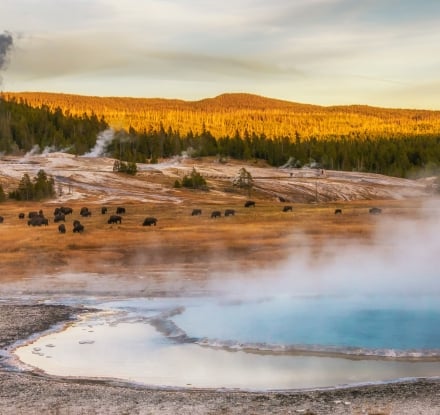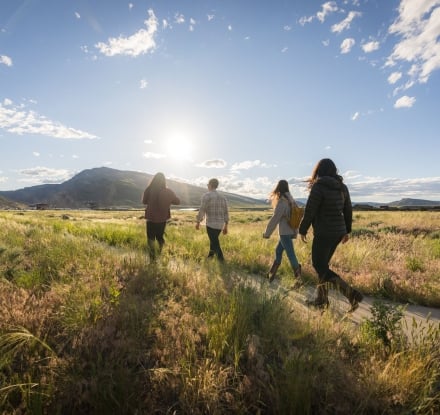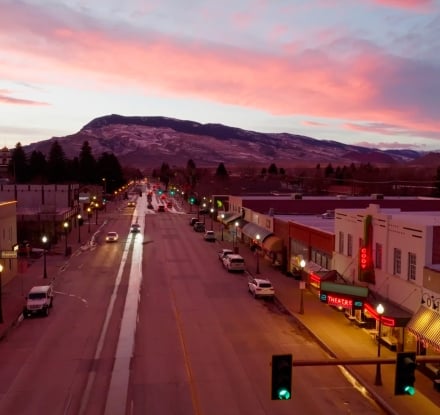
The Mystery of Mummy Joe
Everyone loves a good mystery, especially this time of the year when goblins, zombies and witches wander every American street with abandon. Weirdness is everywhere, and we embrace it, usually with fun-size candy bars and skeletons on our lawns.
That’s what got me to thinking about one of Cody/Yellowstone Country’s very own mysteries, the mummified, cave-dwelling 1,200-year-old remains of a man, who we fondly call “Mummy Joe.” The cave is hidden in plain sight, just a short hike from the highway.
Sixty years ago, Cody resident Gene Smith discovered a cave north of the Shoshone River in Wapiti Valley. Archaeologists later concluded it was not really a cave; it was a massive nearly enclosed overhang of a high volcanic cliff. But why dicker over semantics when there’s a mummy involved?
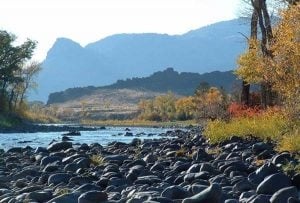
Mummy Cave is hidden in plain site along Buffalo Bill Scenic Byway in Wapiti Valley.
The discovery was remarkable for many reasons and archaeologists, historians and preservationists studied the remains as well as other materials found in the cave, such as wood, feathers, the remains of bighorn sheep and other large animals, wood and hide.
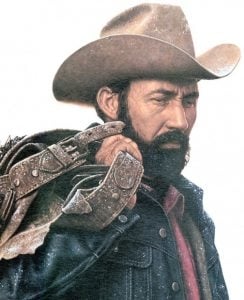
Bob Edgar was one of the first people to excavate and seriously study Mummy Cave.
Here’s what we know about Mummy Joe and his people:
- For a 12-century-old man, he was remarkably preserved, and it wasn’t because he was mummified by his family. He was buried under a rock cairn. The arid mountain cave more than 6,000 feet above sea level offered the perfect climate for long preservation.
- Joe and his pals were probably big game hunters. The cave was full of thousands of well-preserved animal bones, including bones of bighorn sheep and deer.
- The cave was occupied for more than 8,000 years, from 7280 B.C. to 1580 A.D.
- There were a surprising number of perishable materials like arrows with fletching, feathers, baskets, beads and nets.
- The remains of Mummy Joe were on display until 1990, when the Native Graves Protection and Repatriation Act took effect. The Act required that Native American cultural items including human remains and sacred objects be returned to tribes for burial.
- Archaeologists were particularly intrigued by the discovery of artifacts made from perishable materials. Although younger than Mummy Joe, the basketry, cordage, netting, bone pipes and beads in the caves were dated from 2,000 to 5,000 years ago, and they provided us with important knowledge about Native American life in the Rocky Mountain region during that period.
- One of the first people to seriously study the site was Bob Edgar, a Cody resident who was a talented archaeologist, conservationist and historian. Founder of Old Trail Town/Museum of the West.
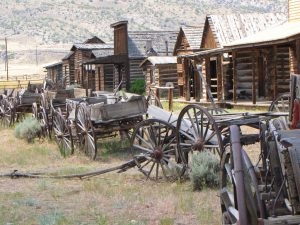
Bob Edgar also founded Old Trail Town/Museum of the West, which is celebrating its 50th anniversary this year.
Until next time, I’m re-watching “The Mummy,” handing out Milky Ways and loving’ life here in Cody/Yellowstone Country.


